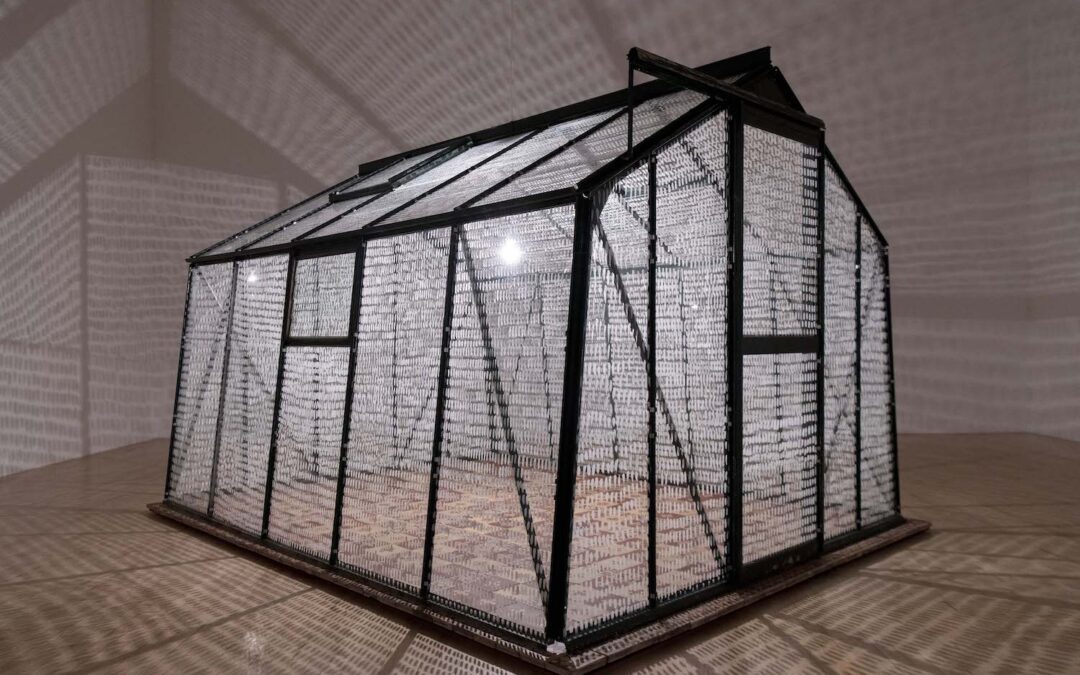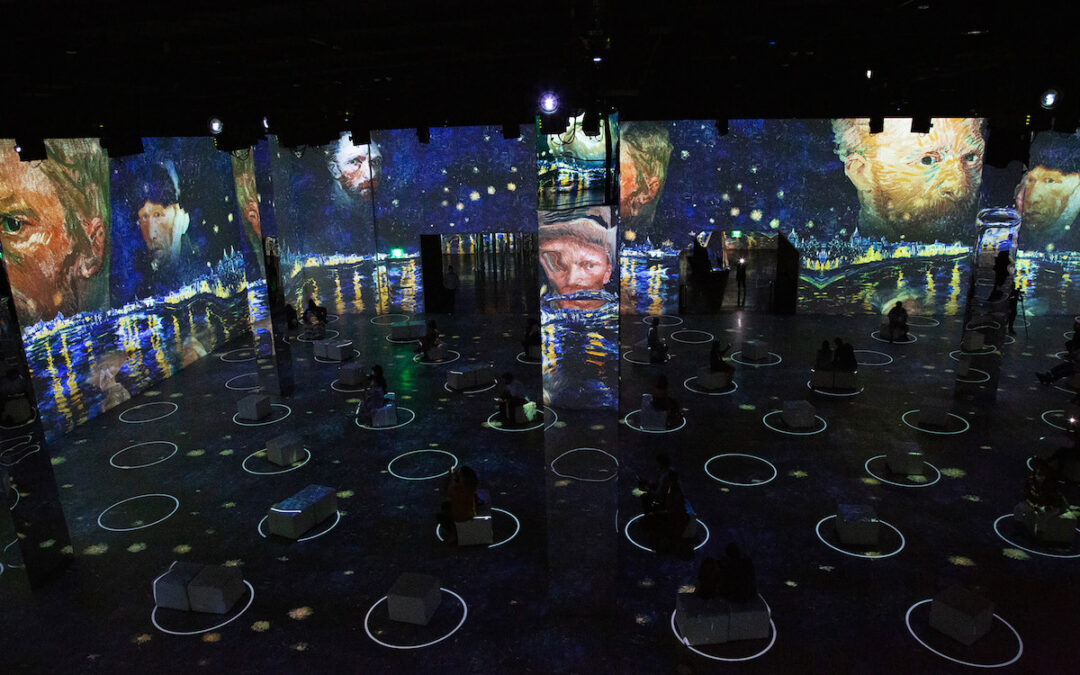Cornelia Parker's landmark retrospective at Tate Britain journeys through her multimedia work to narrate a country willingly stuck in small-island-energy. Parker (b.1956) examines objects by considering how they change when their associated value is disrupted,...

OUTSIDE LA: Cornelia Parker at Tate Britain Small Island Energy
read more


